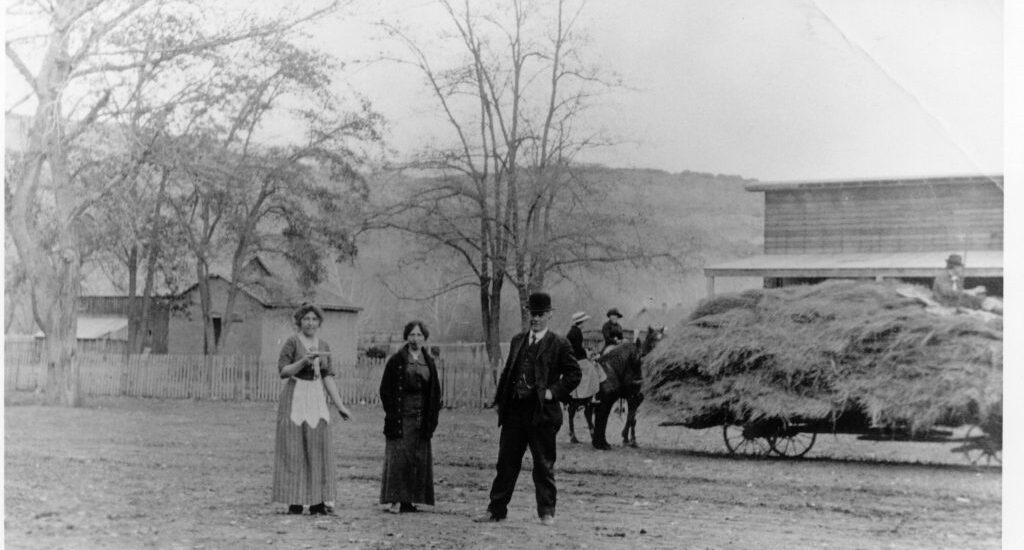Welcome to Moab, a place steeped in history and rich with stories that date back thousands of years. As you explore this area, imagine a time when the highlands east of the Dead Sea were home to a powerful and enigmatic people—the Moabites. Flourishing between the late 14th century BC and 582 BC, the Moabites were a prominent West-Semitic group known for their close yet often contentious relationship with their neighbors, the Israelites.
The origins of the Moabites are deeply rooted in biblical lore. According to the Old Testament, the Moabites descended from Moab, the son of Lot, who was Abraham’s nephew. This familial connection placed them in the same ethnic stock as the Israelites, though their interactions were frequently marked by conflict and cooperation.
In the 13th century BC, the Moabites came into frequent contact with the Israelites, leading to a complex relationship characterized by warfare and alliances. King Saul of Israel battled the Moabites in the 11th century, but it was King David who left a significant mark on Moabite history. After seeking refuge for his family in Moab during his early struggles, David later subjugated the Moabites, forcing them to pay tribute to Israel.
One of the most fascinating artifacts of Moabite history is the Moabite Stone, also known as the Mesha Stele. Discovered in 1868 in the modern village of Dhiban, Jordan, this black basalt stone stands at 1.1 meters and bears a 34-line inscription in a Canaanite alphabet. The text, attributed to King Mesha of Moab, offers a rare glimpse into the Moabites’ perspective. It recounts Mesha’s successful rebellion against King Omri of Israel, attributing the victory to the Moabite god, Chemosh.
By the late 8th century BC, Moab had become a tributary of Assyria, only to be conquered by the Babylonians in 582 BC. At this point, the Moabites largely vanished from historical records, with their lands eventually resettled by the Nabataeans in the centuries that followed.
The legacy of the Moabites endures in various ways. Their language, closely related to Hebrew, and their religious practices, similar yet distinct from those of the Israelites, offer insights into the cultural dynamics of the ancient Near East. The story of Ruth, a Moabite who became the great-grandmother of King David, highlights the interwoven histories and shared ancestry of these ancient peoples.
Today, as you stand in this historic region, reflect on the Moabites’ enduring influence and the complex tapestry of relationships that shaped the ancient world. Moab’s story is one of resilience, conflict, and cultural exchange—a testament to the enduring power of history in shaping our present.






